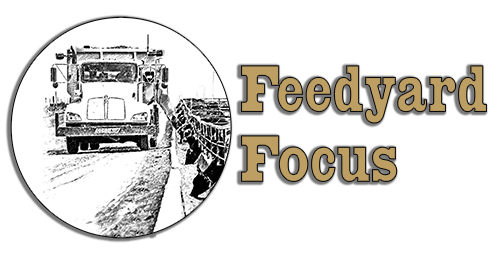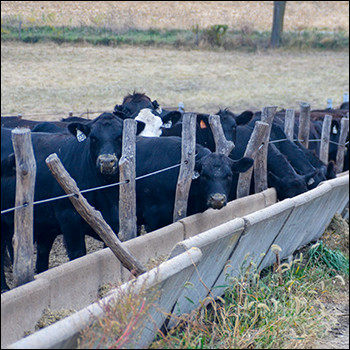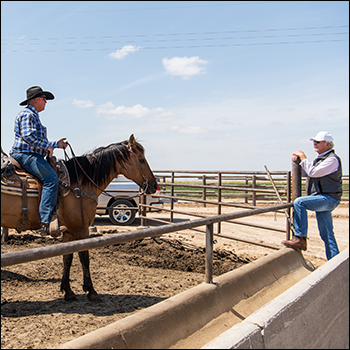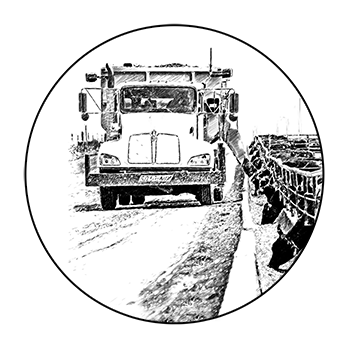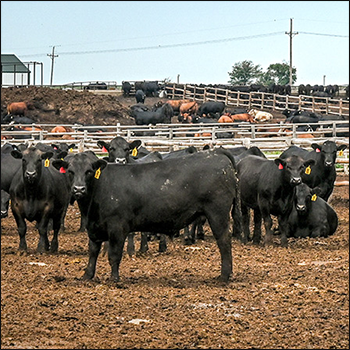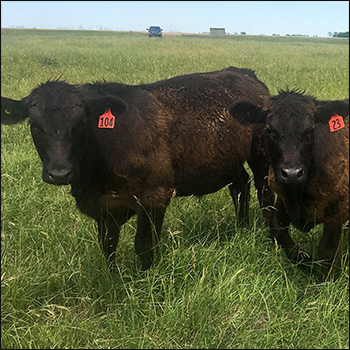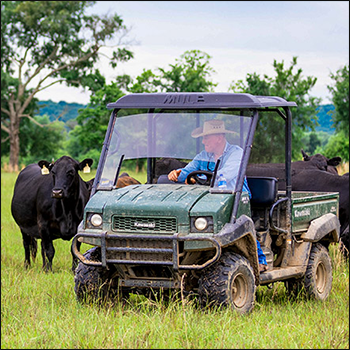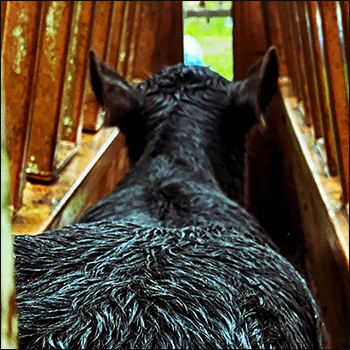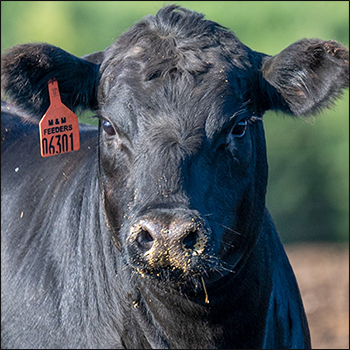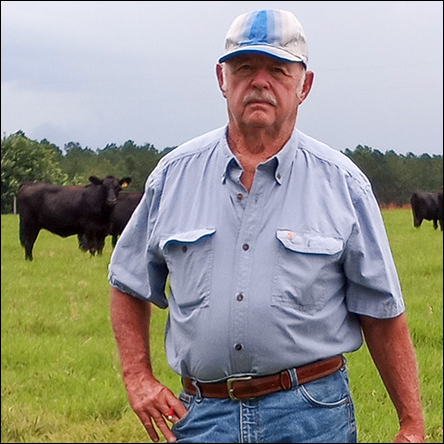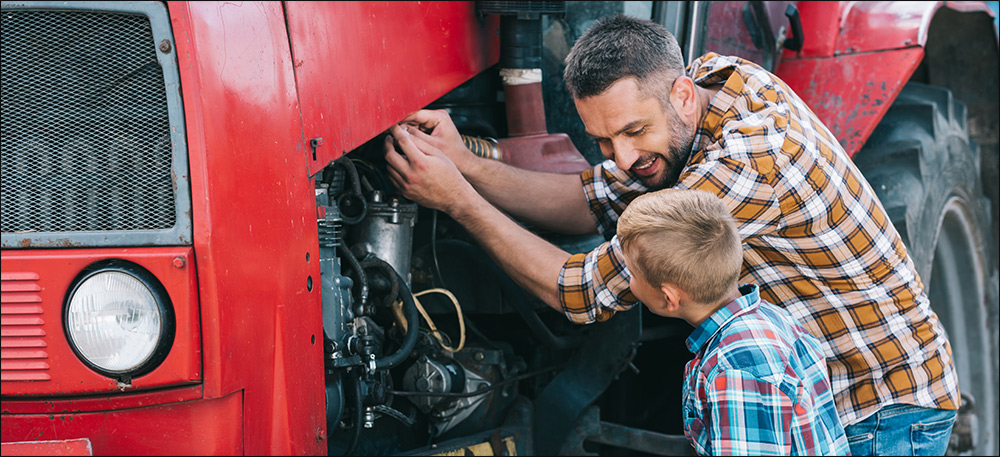
Farm Safety Check: Safety for Working Youth
Checklist offered to keep kids safe during a busy time on the farm.
Farms and ranches are home to many things that are beneficial to both children and adults. Many adults who grew up on farms are happy to talk about the benefits of being raised on a farm — from instilling a good work ethic and teaching responsibility to building character and a passion, love and respect for the land. However, youth doing work that doesn’t match their developmental level and abilities increases the risk of injury.
Children, teens and adults working on farms face hazards not encountered in other jobs. Use these guidelines to determine if youth are ready to perform a job. Learn about hazards and how to keep working youth safe. Keep the completed forms for follow-up, future reference and inspections.
This is adapted with permission from the National Children’s Center for Rural and Agricultural Health and Safety (NCCRAHS) Child/Youth Agricultural Safety Checklist.
Safety checklist
- Are youth assigned farm tasks or chores appropriate for their age and ability?
- When a youth is working, is an adult providing adequate supervision, based on the youth’s age/ability and the task?
- Does an adult train youth on how to do a task safely and demonstrate the task before having them attempt it?
- Do youth demonstrate safely performing a task four to five times before they are allowed to perform the task on their own?
- Are youth encouraged to ask questions when unsure about how to perform a task or address a hazard?
- Does an adult check the work area, ensure it is free from as many hazards as possible, and teach youth how to avoid/address any remaining hazards?
- Has the youth been taught safety strategies specific to COVID-19, including physical distancing, washing hands often while using soap and water, cleaning and disinfecting surfaces, and wearing gloves, cloth face masks (respirators when appropriate), and eye protection?
- Do youth wear appropriate protective equipment (gloves, hearing/eye protection, masks, etc.) when working?
- Does an adult ensure that ventilation systems are working properly and work areas are well-ventilated before youth enter the building/area?
- Does an adult verify equipment is mechanically sound and safety features are in place (e.g., guards, shields, rollover protection structures)?
- If working with animals, does an adult ensure the animals are free of disease/injury and keep youth away from unpredictable or dangerous animals?
- Are youth dressed appropriately to be working in the farm worksite (no loose clothing or clothes with strings, nonskid shoes/boots, hair tied back, face mask, etc.)?
- Are youth trained to recognize the signs of heat exhaustion and/or hypothermia and how to respond?
- Is drinking water available near the work area with a designated water bottle per person?
- Are the bathroom and handwashing facilities near the work area? Are they cleaned and disinfected often throughout the day?
- Are frequent rest and stretch breaks provided for youth, and the youth trained to drink adequate amounts of water during their breaks (e.g., 1 quart per hour when working in hot conditions)?
- Are youth at least 16 years old who perform tasks:
- o involving dangerous or unpredictable animals (e.g., bull, boar, stud horse, sow with suckling pigs)?
- o involving working from a ladder or scaffolding at higher heights?
- Are exceptionally dangerous tasks reserved for adults to perform (working in a manure pit, around flowing grain, with a chainsaw, with pesticides/dangerous chemicals, etc.)?
- Are youth trained to wash their hands, change their clothing, wash cloth face masks, and sanitize their PPE when finished working?
These are just a sample of the items on the checklist. Click here for the full checklist.
Editor’s note: This article is from the Upper Midwest Agricultural Safety and Health Center (UMASH). Lead photo from Getty Images.
